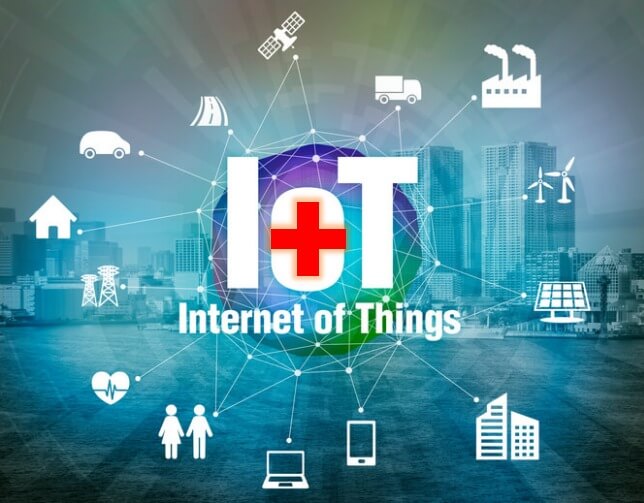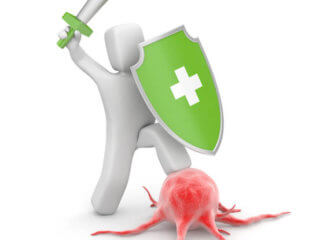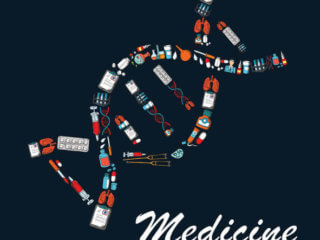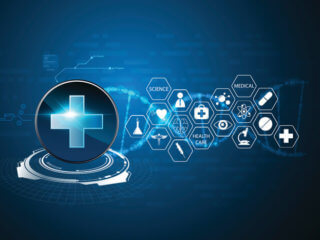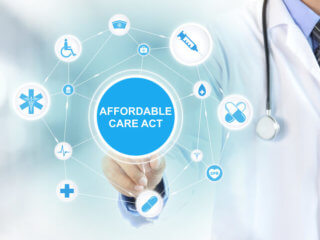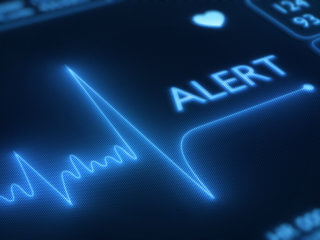Incorporating IoT in digital preventive healthcare
Hand in hand with the topics of artificial intelligence and interoperability, ‘IoT’ is a term that comes into the discussion on many occasions with a pinch of curiosity. Among many confusing definitions of IoT, the simplest definition seems to be that it’s a means of connecting devices or machines with access to the internet, creating an interacted network of ‘things’.
The basic law of IoT is “Anything that can be connected, will be connected” (Wenger, 2016). The ‘things’ can be machines, devices and/or people in a particular functional ecosystem such as transportation systems or something of our interest – the healthcare system. The interconnections that may occur include things-things, things-people, and people-people (Morgan, 2014).
In the healthcare IoT, the creation of ‘smart healthcare systems’ and ‘smart hospitals’ is highly predicated on the concepts of IoT, where these interconnections are used to develop a highly efficient smart workflow to optimize the patient care and reduce costs (Figure 1). The healthcare IoT is also called Medical IoT.
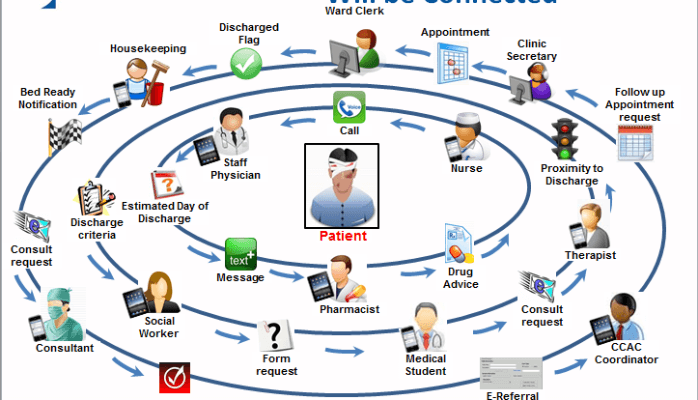
Image courtesy of LinkedIn (Mutabazi, 2016)
How is healthcare IoT key component of digital prevention?
By definition, healthcare IoT is at the core of the digital healthcare, and thus it is a key component of digital prevention (digital preventive healthcare). It is involved in all stages of digital prevention including, prevention of the occurrence of disease through identification of risk factors and epidemiological studies, diagnosis using digital diagnostic tools, treatments that use digital tools to connect healthcare providers, consultations, prescriptions, among other things and tracking the prognosis through real-time communications between patients and healthcare providers. Looking at the big picture, in fact, healthcare IoT runs the digital prevention and has the potential to bring digital prevention to its optimal level.
IoT plays a big role in managing patient health data which can either be generated by the healthcare providers (recorded in EHR, lab reports, patient history, diagnosis data (MRI, heart rate, blood pressure), omics data) or patient-generated health data. Healthcare IoT manages, stores using cloud systems, synchronizes and delivers the massive amounts of data collected from patients and are helpful in the clinical decision-making process.
One of the most significant aspects of data management by healthcare IoT is the real-time or live collection and management of patient health data through the use of digital tools, which may range from mHealth apps to MRI diagnostic tools connected to EHR (Mutabazi, 2016).
The data collected by these digital tools are directed to healthcare providers real-time and more often geotagged (GPS) and are run through a Smart WorkFlow to integrate them into the clinical decision-making process and ultimately, provide highly efficient and accurate patient-centred care. Healthcare IoT also aids in remote healthcare delivery in digital prevention. Telemedicine technologies are currently used for consultations, remote treatments (through video chats with healthcare providers such as in rehabilitation), communicate with patients real-time, and gather patient information or health data through remote sensors of wearable devices (smart sensors) (Lehrach et al., 2015).
In other words, healthcare IoT makes the ‘virtual patient concept’ a reality. Lehrach et al., 2015 mentions in their article the extension of IoT’s capabilities into meet the goals of digital prevention as “a vision of a truly individualised health care and disease prevention system in Europe, based on a detailed characterisation (e.g. clinical, molecular, imaging and sensor-based) of the patient/individual and their wellness, health and disease course, exploiting the most advanced molecular, imaging, sensing, computing and communication technologies, through an internet-of-humans, for truly personalised and preventive medicine.” (Lehrach & Ionescu, 2015).
Apart from the virtual patients, they mention something that is very interesting – the concept of ‘internet-of-humans’ being integrated into the digital prevention, which is, in fact, the primary goal of digital preventive healthcare.
Wearable devices have become a key player in connecting the healthcare IoT into digital prevention. Some of these wearable devices with IoT capabilities are smart contact lenses to measure real-time glucose levels (Google Contact Lens), mHealth apps, the Rapael Smart Glove for providing support for patients with musculoskeletal damages to the hands, glucose monitoring watches (Eg. K’Track Glucose monitor), skin patches to watch body temperatures, and pain management headband and/or earbuds.
| Recommended for you | |
| How is Artificial Intelligence transforming digital preventive healthcare? | |
| IoT arrives in healthcare sector | |
| 5 ways in which digital health technology enhances patient engagement |
Wearables influencing digital preventive healthcare
1) Real-time tracking of health status or disease status through smart sensors. Examples include IoT-based Glucose monitoring systems (Gia et al., 2017) which have been shown to be highly useful in diabetes control.
2) Provide patient-centered or evidence-based healthcare approaches. For instance, the digital devices that have been developed to manage mobility of patients with musculoskeletal damages and calibrate exercise routines based on patient’s real-time performance during a game-based treatment session (Jang, 2017).
3) Remote monitoring of patients. The remote monitoring may be for the patients who live far away from the hospitals or bedridden patients who stay at care facilities or homes. Technologies have been developed to record and send patient vitals and sleep patterns through sensors attached to the bed/mattresses of bedridden patients (The LIVE by EarlySense) (medicalfuturist, 2017).
In summary, healthcare IoT is at the centre of the digital preventive healthcare. There are many challenges including security, privacy, and interoperability in making the union of healthcare IoT in digital prevention a success and a functional-reality.
But the future is already here. It is now in the hands of healthIT professionals to make these systems more cost-effective and user-friendly so that they can be effectively used in digital prevention at a global level.
Image credit: www.istockphoto.com

